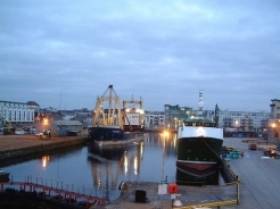Displaying items by tag: Disappointment decision delay
Port of Galway 'Disappointed' on Decision Delay
#DisappointedPort - Disappointment has been expressed by the Port of Galway at the delay in issuing a decision on the multi-million euro harbour extension, stating that it is difficult to plan for the future under such uncertainty.
The Galway Independent writes it has been almost two and a half years since the planning application to extend the port was submitted and the wait for a decision looks set to continue until the end of the year at least.
The €126 million port extension is a four-phase development that involves reclaiming 27 hectares of bay area, providing a new marina and berths which will see the biggest cruise liners in the world being able to dock at the harbour in the heart of the city.
The long awaited decision rests with An Bord Pleanala, who stated this week that they will be holding meetings with the National Parks and Wildlife Service and the applicant. These meetings have yet to be arranged.
Eamon Bradshaw, Chief Executive of the Port of Galway said, “The delay in issuing a formal decision is disappointing and whether the decision is for or against the port it is difficult for a commercial enterprise to deal with the uncertainty of the outcome of a planning application which planning was applied for in January 2014 or almost 2.5 years ago.”
He added that it is hoped that a formal decision will issue, at the latest, before the end of this year. “Should that decision be positive it is expected that the building of phase 1 would commence before the end of 2017 and complete by 2020,” Mr Bradshaw added.
At the weekend, Galway welcomed two cruise liners, the Astoria and L’Austral and passengers were tendered ashore from the ships.
For more the click the newspaper's report here.























